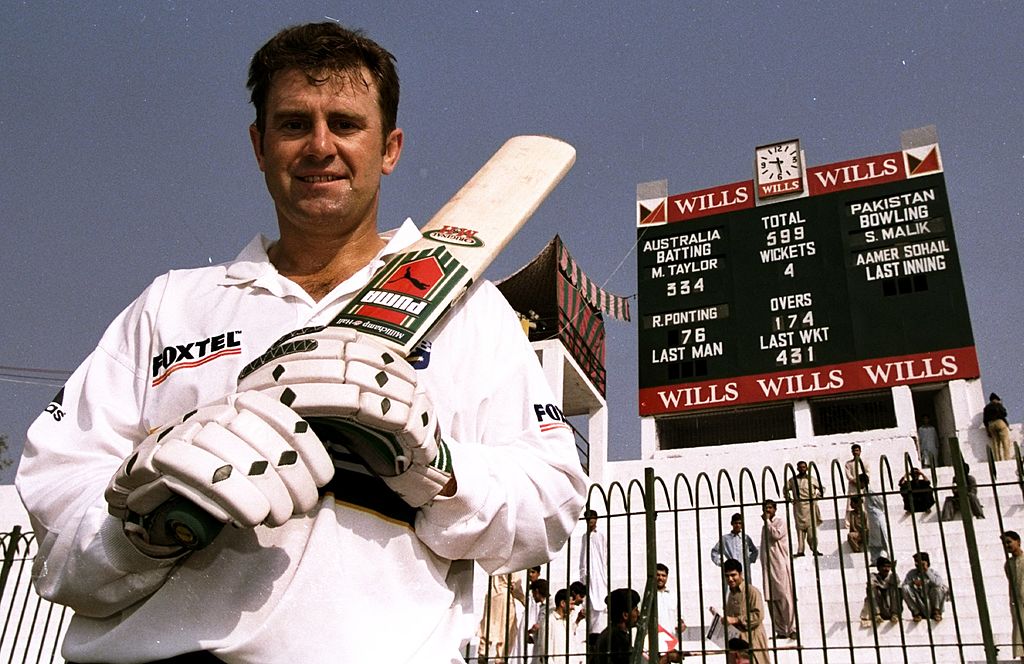BHP hits record results from Pilbara iron ore operations and Olympic Dam

Pic: Ben Radford/Allsport via Getty Images.
BHP (ASX:BHP) has banked record results from its iron ore division and Olympic Dam mine as analysts predict a monster full year dividend payout for the 2021 financial year.
The Big Australian’s share price skyrocketed to record highs at the end of last week on the back of sky high iron ore prices.
The Pilbara monster produced 284Mt of iron ore at its Pilbara mines on a 100% basis (251.6Mt if only BHP’s share is taken into account), up 1% on 2020.
It has set guidance of 278-288Mt for 2022 after hitting record production rates at Jimblebar and Mining Area C which included the new 80Mtpa South Flank development.
That will ramp up over the next three years as the ageing Yandi mine winds down, which will be an important development for BHP because it will increase its share of premium lump product in its portfolio to around 33 per cent, making it the company the world’s biggest lump producer.
BHP expects the addition of South Flank will improve the grade of its WA iron ore operations from 61 to 62 per cent.
That doesn’t sound like much, but in steel making and iron ore pricing, splits on grade are getting wider as Chinese steel mills look to reduce pollution.
BHP realised a price of US$158.17/wmt FOB in the June Quarter against benchmark cfr iron ore average prices of around US$200/t and US$130.56/t for the financial year.
That was about 69% higher than FY20, with the June Quarter a remarkable 106% up on prices received in the corresponding period a year earlier.
Olympic Dam meanwhile, which also produces uranium, posted its best year as a copper and gold mine under BHP since it was acquired in the WMC takeover in 2005.
Copper production at the South Australian mine climbed by 20 per cent to 205,000t on better smelter stability and underground mine performance, capitalising on record copper prices in the second half, while gold production was 146,000oz.
Maintenance shutdowns will mean BHP is expected to drop production to 140-170,000t in 2022.
“We achieved production records at our Western Australia Iron Ore operations and the Goonyella Riverside metallurgical coal mine in Queensland,” BHP CEO Mike Henry said.
“We maintained all-time high concentrator throughput at our Escondida copper mine in Chile. Olympic Dam in South Australia had its highest annual copper production since BHP acquired the asset in 2005, and its best-ever gold production.
“BHP is in great shape. Our operations are performing well, we continue our track record of disciplined capital allocation, and our portfolio is positively leveraged to the megatrends of decarbonisation, electrification and population growth.”
BHP meanwhile is expected to remain within cost guidance at WAIO after Rio bumped up its cost guidance at its Pilbara ops last week.
Due date set for Nickel West sulphate plant
It has been four years since BHP announced its plans to transition its Nickel West business into becoming a key supplier for the battery sector.
The cornerstone of the then unloved division’s corporate makeover was the development of a new nickel sulphate plant at its Kwinana refinery, which has faced a number of delays.
BHP expects first production to arrive now in the September Quarter, after increasing production of refined nickel by 11 per cent in 2021 to 89,000t, including 22,400t in the June quarter.
It has set guidance of 85,000-95,000t for 2022.
BHP share price today:

UNLOCK INSIGHTS
Discover the untold stories of emerging ASX stocks.
Daily news and expert analysis, it's free to subscribe.
By proceeding, you confirm you understand that we handle personal information in accordance with our Privacy Policy.








